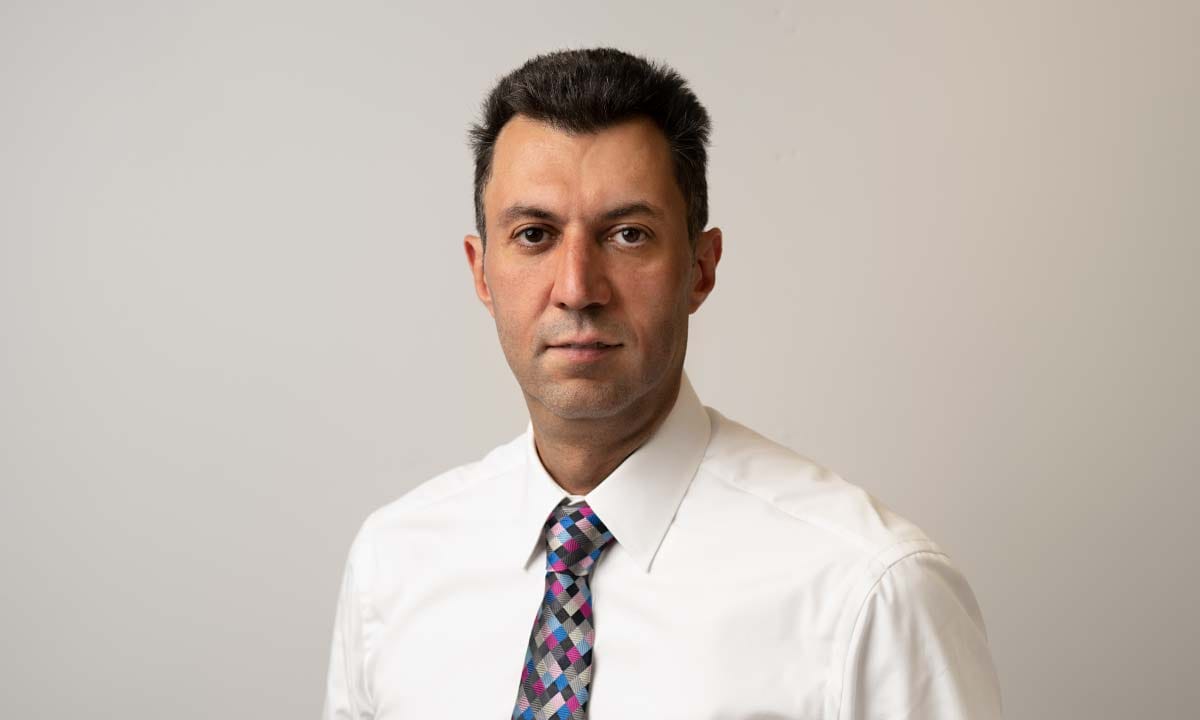Art has been an integral part of human culture throughout the ages. Its ability to convey stories and enduring messages to future generations is undeniable. Often referred to as a universal language, art transcends time and culture, uniting the creative expressions of our ancestors and contemporaries.
Digital art in the form of non-fungible tokens is crafted using specialized software, and its rise to prominence can be attributed to the inclusion of authentication certificates and utilization of Blockchain technology. While it may not have garnered complete acceptance among traditional art collectors, many assert that it offers distinct advantages
One of the most striking features of digital art is its increased accessibility. Artists no longer require costly materials or studio spaces, thereby democratizing the creative process. On the collector’s end, a straightforward digital wallet can house a vast collection of artworks, ready to be showcased on high-definition screens. This art form also fosters collaboration without the constraints of geography, enabling artists to collaborate seamlessly across borders.
To delve deeper into this captivating realm, I visited Amir “Mondoir” Soleymani, an Iranian-British collector, at the Mondoir Art Gallery in Dubai. Soleymani’s extensive collection boasts historically significant pieces from renowned artists like Kusama, Hirst, and KAWS, as well as a substantial portfolio of digital art.
Amir is the driving force behind Mondoir Ventures, which resides at the intersection of art and technology. He believes everyone is a collector, whether they collect seashells or priceless artwork. Amir also supports the digital art scene, nurturing emerging artists and holding open calls among other initiatives. His current mission is to elevate Dubai and the UAE to the forefront of the digital art world by attracting more contemporary artists and engage local collectors.
Economy Middle East: What is the effect of AI on digital art?
Amir “Mondoir” Soleymani: AI is like any other technology. When you are creating something, you instruct the code to create what you want it to do. AI is no different – it cannot create anything from scratch, you have to prompt and it will create an interpretation of what you want. For example, we can both use AI and the results will be different, because we have different creative minds.
Economy Middle East: What sets digital art apart from traditional art?
Amir “Mondoir” Soleymani: Traditional artists would capture momentary actions in a frame of a painting, while digital art can capture a multitude of actions and sentiments which they can relay more comprehensively – they have more dimensions, more frames. The difference is that just one digital piece of art can tell a story that, for example, would require 20 frames of traditional art. Thanks to the increased flow of information, the creativity of artists has also increased. Quite simply, digital art gives another dimension to their work.
Read: Technology to usher in a new era of digital art

Economy Middle East: How is it all displayed and stored?
Amir “Mondoir” Soleymani: They are displayed on digital screens that look like picture frames – you simply plug and play. Either transfer your artwork from your digital wallet or plug in a USB to enjoy thousands of art works. When it comes to storage, you can store 10,000 pieces on your digital wallet or hard-drive instead of the vast warehouses needed for traditional art. Maintenance is also easier – someone can steal your artwork or you could lose it in a fire, but if anyone was to break into your wallet, you can recover it.
Economy Middle East: Where does Web3 fit into the equation?
Amir “Mondoir” Soleymani: Art on the block chain started it all. Web3 is where the users are more in control of the data. Let’s break it down: Web1 was the forums and one-way communication – sources would publish it and you would read. Web2 is social media, where you can share, add comments etc., but the privacy issue haunted it and the tech giants took your data and monetized it. Now with Web3, which incorporates concepts such as decentralization, blockchain technologies and token-based economics, lets you share what you need to share. You own your data. If you want to access a particular magazine, you only need to share limited information. One of the greatest aspects is that it’s a community, where there is more loyalty. It’s also traceable. You can target people and they can participate. They can demand from you, and you have to deliver.
Economy Middle East: Can traditional art turn into digital art?
Amir “Mondoir” Soleymani: There are two types of digital art on the blockchain – natively digital art and physical pieces that have been converted. Both can be NFTs and both can have certificates of authenticity. One is just as valuable as the other – some artists sell their pieces separately and some you have to buy the digital and then get the physical piece. You can take a picture and mint it as an NFT. Some artists will have an original physical piece, mint an NFT and then print 1,000 pieces to sell as limited editions.

The last words
The origins of art are as diverse as the human experience itself, with each culture and period contributing its own unique forms and expressions. The Renaissance, with its emphasis on realism and humanism, marked a profound shift in the art world, producing enduring masterpieces that continue to inspire artists today. In contrast, Islamic art, rooted in geometry, calligraphy and spirituality, showcases the beauty of abstraction and the intricate connection between art and faith. Only time will tell if digital art also leaves an everlasting mark on the pages of history.
For more interviews, click here.








